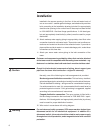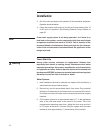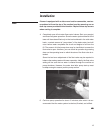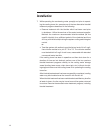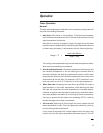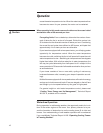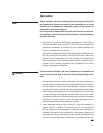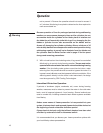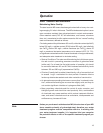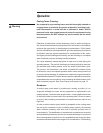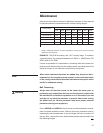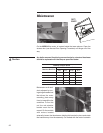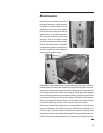
16
cause the water temperature to rise. When the water temperature then
becomes too warm for your process, the motor can be restarted.
When operating in this mode care must be taken not to exceed a total
acceleration time of 30 seconds per hour.
Fan cycling limits: From a dead stop, determine the number of sec-
onds it takes the fan to arrive at full speed. Divide this number into
30 to determine the allowable number of starts per hour. Considering
the normal fan and motor sizes utilized on MD towers, anticipate that
approximately 4 to 5 starts per hour are allowable.
If your tower is equipped with a two-speed motor, you will enjoy greater
opportunity for temperature control. When the water temperature
becomes too cold, switching the fan to half-speed will cause the cold
water temperature to rise—stabilizing at a temperature a few degrees
higher than before. With a further reduction in water temperature, the
fan may be cycled alternately from half-speed to off—subject to the
same constraint of 30 seconds of allowable acceleration time per hour
as outlined above.
If your tower consists of two or more cells, cycling of motors may
be shared between cells, increasing your steps of operation accord-
ingly.
Multicell towers equipped with two-speed motors will maximize energy
savings and minimize sound levels if fans are staged so that all fans
are brought up to low speed before any fan goes to high speed.
For greater insight on cold water temperature control, please read
“Cooling Tower Energy and its Management”, Technical Report
#H-001-A, available on our website.
Wintertime Operation:
During operation in subfreezing weather, the opportunity exists for ice to
form in the colder regions of the tower. Your primary concern is to pre-
vent the formation of destructive ice on the cooling tower ll air inlet and
louvers. Your understanding of cold weather operation will be enhanced
if you read Marley Technical Report H-003 “Operating Cooling Towers
in Freezing Weather”.
Caution
Operation



